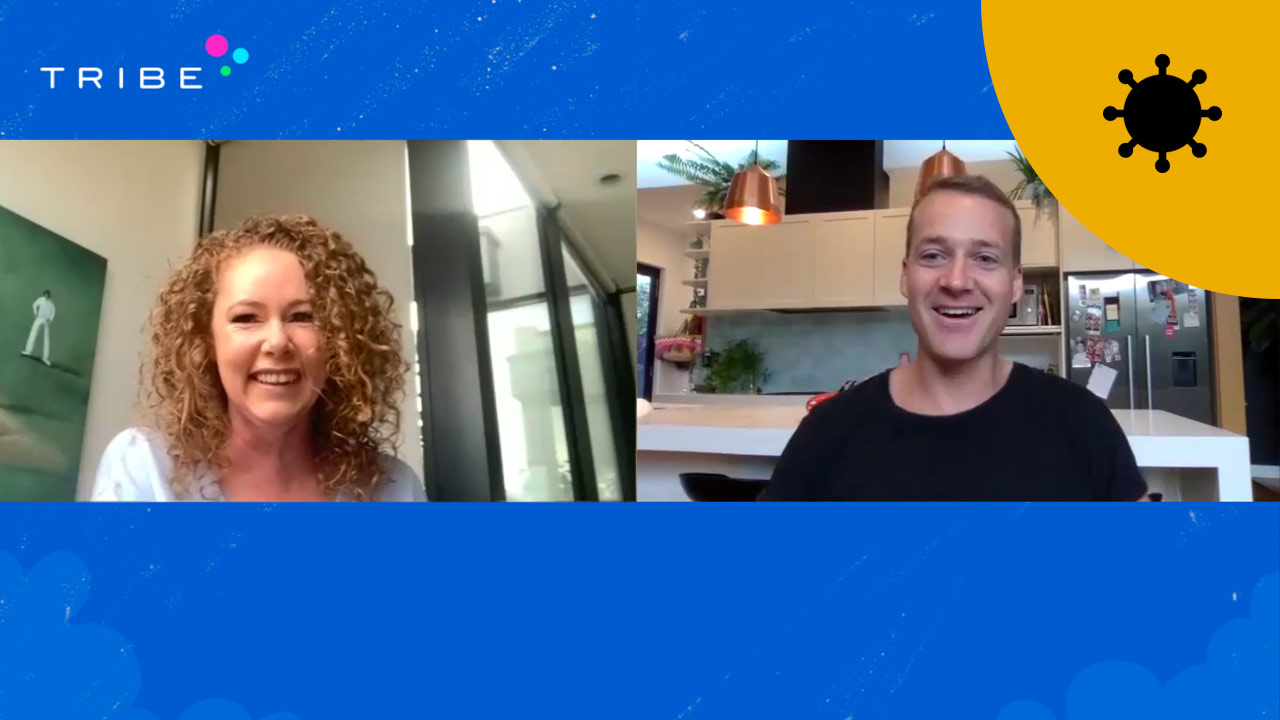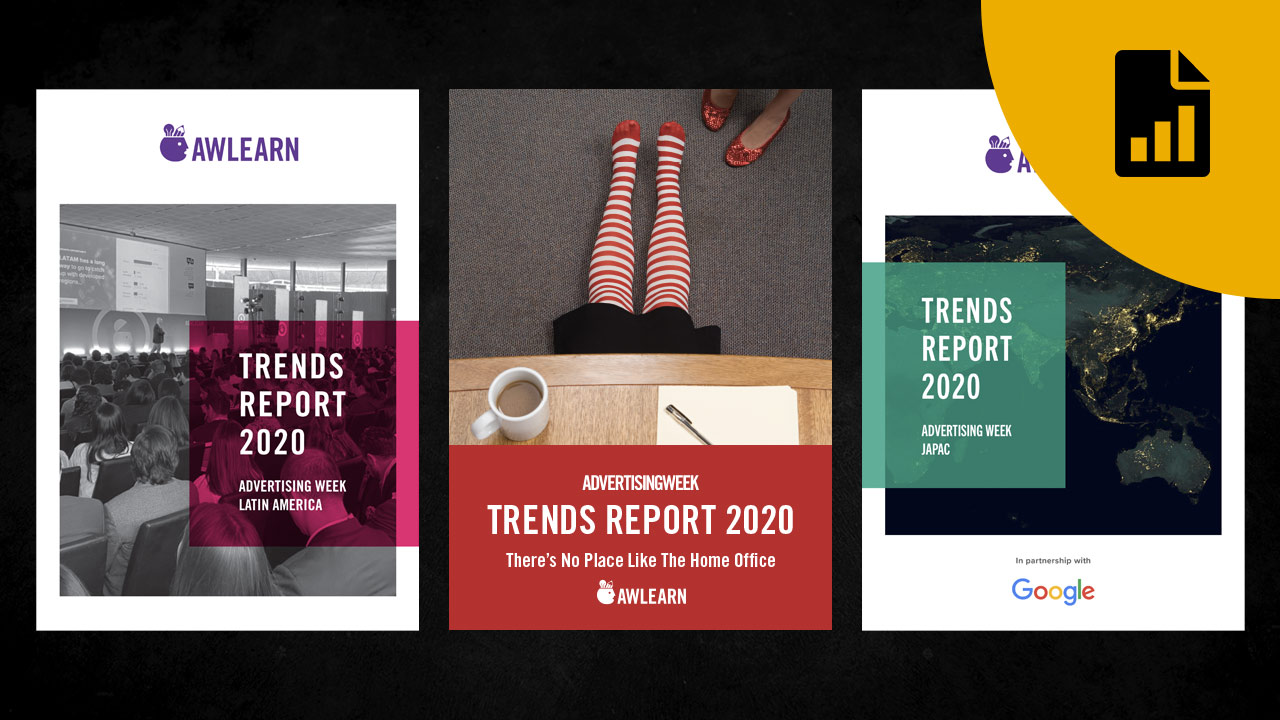Curated content that is unique to audience interests is becoming an expectation for consumers. In the final instalment of Facebook and Instagram’s Fast Forward series, we explore the advantages of embracing a broader definition of premium content.
Have you ever clicked on your partner or housemate’s Netflix profile and seen how different their recommendations are? Or for that matter glimpsed someone else’s Facebook or Instagram feed and realised what they’re seeing is completely different to you?
Personalisation has become a basic expectation for consumers today, and an essential part of the user experience.
For advertisers, the challenge now is to find your audiences and give them something they want. There’s ample research that shows doing this provides a much better return on investment.
That’s why creating advertising that enhances a user’s viewing journey online should now be a priority for all brands.
1. Premium content is in the eye of the beholder
Video viewing has grown enormously in recent years. Consider that by April 2020, video consumption around the globe had quadrupled from one hour (in August 2019) to four hours a day – with about three quarters of people surveyed by marketing intelligence business WARC saying they plan to maintain these viewing levels1.
It wasn’t long ago that video content creation was purely the domain of a few studios or TV broadcasters. But today it is available to virtually all.
Another reality is that there are now wonderfully vibrant content ecosystems where videos from creators can be just as compelling as those that are professionally produced.
From the hilarious antics of @theinspiredunemployed to culinary whiz @marionskitchen and countless others in between, there’s a wealth of brilliant content out there that viewers are discovering.
It’s equally true that videos no longer need to be big-budget productions to attract the attention of a viewer. Premium video is now whatever offers the most entertainment and engagement to an individual.
It’s therefore unsurprising, according to a recent Ipsos study, that relevance was chosen as the number one attribute for video to be considered premium and the top factor for engaging with an ad (over length, production quality or service)2.
Focusing on what truly appeals to your target audience and delivering brand messages where they’re likely to be well received ensures your marketing dollars don’t go down the drain.
Equally important is having a diverse offering. Content from a broader group of creators that better reflects modern society will ultimately draw the eyes of a wider audience.
And remember, there’s no one definition of what constitutes premium content for consumers today. Advertisers have plenty to gain by taking this idea to heart.
2. From programmed to personalised
Another viewing trend of recent years is the huge gravitational shift away from media channels like linear TV, where content is programmed for everyone, to media channels that personalise content based on someone’s specific interests. But with all the content out there today, the need for curation has never been more important.
That’s why the power of the algorithm is important for advertisers. It helps select the most relevant videos for the right person at the right time from a huge array of diverse content.
Videos uploaded to Facebook and Instagram, for example, are evaluated based on relevancy to the consumer. Indicators such as whether videos have a high likelihood of engagement, a high likelihood of completion, or a high likelihood people will return to watch more videos from that publisher, are used. The upshot is that viewers’ feeds are completely unique to them.
Yes, myths abound that Facebook is full of cat and dog videos. But that’s only true for those that love them. Your feed is an entirely personal space.
The image below is a sneak peak of the content I am served. Being English, there’s plenty of the BBC’s best, plus Graham Norton and Doctor Who. Not to mention Kayla Itsines, whose Sweat app I’m a big fan of.
When your interests are reflected so closely, it provides strong impetus to keep coming back for more. For marketers using these platforms, it means advertising content can be matched to viewers who are most likely to be receptive to the messages. Remember, personal is premium.
3. Be additive, not disruptive
Experiences are often the differentiating factor that determines where consumers spend their time online. In particular, the effects of the pandemic have taught brands to be agile in replicating in-person experiences in digital realms, and this extends to advertising as well.
Brands should always aspire to create video ads which enhance, not disrupt, the experiences of their target audience. Which is why it is always better to design for the respective surface you intend to advertise on. Specifically, ads should be thought of as an extension or reflection of the original content that the viewer is watching.
To this end, Ipsos research reveals that Facebook is highly effective at pairing advertising with curated content. Regarding the Facebook video ad experience, 56% of Australians surveyed believed all ad views were positive, while 44% were neutral about the ad experience3.
Being in an environment where viewers are confident in the content they are served is also a big advantage for brands. Ipsos reveals that 17% of surveyed Australian consumers interacted with a brand on Facebook and Instagram, compared to only 3% who did so via TV4.
It’s another signal that placing a premium on relevance can help establish positive connections between brand and consumer – and encourage further interactions.
Conclusion
The video viewing landscape has changed at warp speed. Our viewing behaviour is now different to the pre-pandemic months of early 2020, and bears little resemblance to just four or five years ago.
For advertisers, there’s a golden opportunity to tap into the viewing habits of today. By reconsidering what consumers consider premium content, and embracing diversity, brands can greatly broaden their engagement.
With millions of individually curated video experiences in each of our pockets every day, platforms like Facebook and Instagram allow marketers to engage with customers much more deeply.
Add to the mix unparalleled reach and attention, and you have three ultra compelling reasons to reconsider your marketing strategy for 2022.
Missed anything? You can dive into all four parts of the Fast Forward series right here.




